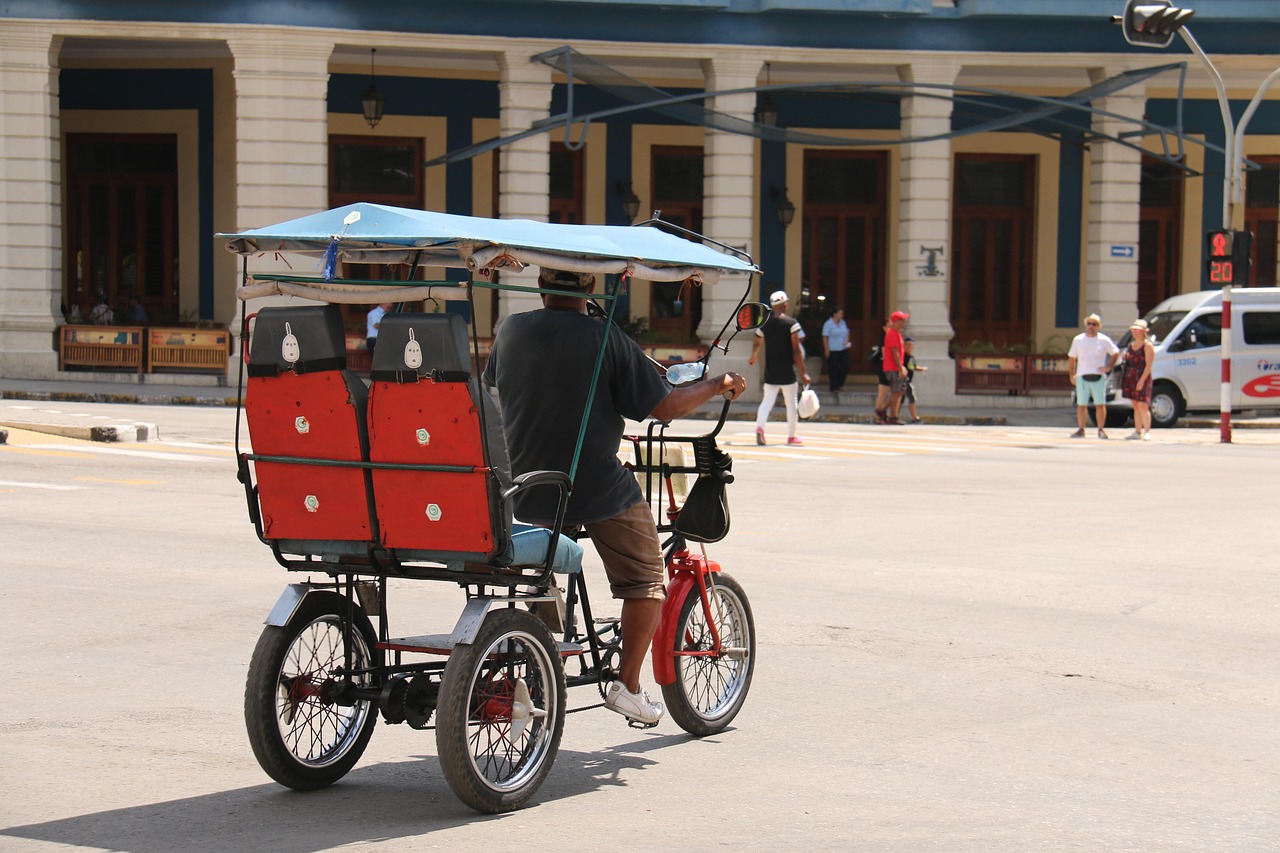
Reopening Bank Junction to Black Cabs Trial Begins
The City of London is launching an 18-month trial allowing black cabs to drive through Bank junction, reversing restrictions introduced in 2017 after a cyclist fatality. This trial aims to balance improved accessibility for those less able to use public transport with maintaining the junction’s new pedestrian-friendly environment. Black cabs will initially travel west to east starting July 28, 2024, during construction on Leadenhall Street, expanding east to west access after October when works finish.
Background on Bank Junction Restrictions and Safety
Restrictions at Bank junction were introduced following the tragic death of 26-year – old cyclist Ying Tao in 2015, who was fatally struck by a lorry. At that time, the junction was one of London’s most dangerous, with over 100 injuries recorded. To improve safety, only buses and pedal cyclists could cross the junction or travel westbound on Cornhill between 7 a.m. and 7 p.m. Monday through Friday. These measures significantly reduced motor traffic and enhanced pedestrian safety.

Black Cabs Safety Record and Emission Benefits
City of London council members supporting the trial emphasize black cabs’ strong safety record and environmental improvements. The majority of black cabs operating in the Square Mile are now zero emission vehicles, contributing to lower pollution levels in an area affected by air quality concerns. The council argues that allowing black cabs back provides essential transport options for people unable to walk, cycle, or use public transit, especially outside peak travel hours.
Concerns from Cycling Advocacy Groups
The London Cycling Campaign expressed caution about reintroducing motor traffic, warning it could undermine the calm, people-friendly atmosphere created since restrictions began. Simon Munk of LCC highlighted risks of increased noise, congestion, and a potentially less inviting space for walking and cycling. However, LCC welcomed the decision to prohibit taxis from turning within the junction, a measure expected to reduce collision risks.

Trial Monitoring and Future Decisions
The trial will be closely monitored by the City of London Corporation to assess traffic impact, safety, and pedestrian experience. Tom Sleigh, chairman of the Planning and Transportation Committee, noted the success of recent junction improvements that simplified traffic flow and created a more vibrant public space. Data collected during this period will guide whether taxi access becomes a permanent feature or if previous restrictions return.

Accessibility and Transport Equity Considerations
Allowing black cabs to pass through Bank junction aims to improve transport equity by supporting those who cannot easily use active travel modes or public transit. Taxi drivers and advocates highlight this as a practical step to keep the City open and accessible. Paul Brennan, chairman of the Licensed Taxi Drivers’ Association, described the trial as a demonstration of the importance of taxi access for both the immediate area and the broader Square Mile economy.

Summary of Key Trial Conditions and Restrictions
The trial permits black cabs to travel through Bank junction without making turns inside it, minimizing conflict points. Other motor vehicles, including private hire cars, remain restricted. Initial limited access during construction allows careful observation of traffic flow changes. The council’s approach balances safety improvements with the practical mobility needs of diverse city users, using data-driven evaluation to inform final policy decisions.
